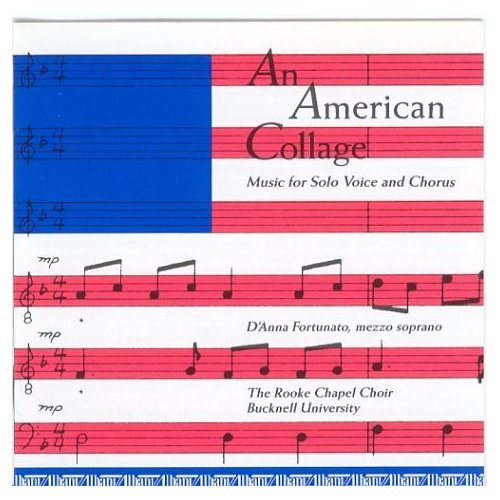
The book includes the myths of:
Theseus and the Minotaur (Chapter: "The Minotaur")
Antaeus and the Pygmies (Chapter: "The Pygmies")
Dragon's Teeth (Chapter: "The Dragon's Teeth")
Circe's Palace (Chapter: "Circe's Palace")
Proserpina, Ceres, Pluto, and the Pomegranate Seed (Chapter: "The Pomegranate Seed")
Jason and the Golden Fleece (Chapter: "The Golden Fleece")
Hawthorne wrote an introduction, titled "The Wayside", referring to The Wayside in Concord, where he lived from 1852 until his death. In the introduction, Hawthorne writes about a visit from his young friend Eustace Bright, who requested a sequel to A Wonder-Book, which impelled him to write the Tales. Although Hawthorne informs us in the introduction that these stories were also later retold by Cousin Eustace, the frame stories of A Wonder-Book have been abandoned.
Hawthorne wrote the first book while renting a small cottage in the Berkshires, a vacation area for industrialists during the Gilded Age. The owner of the cottage, a railroad baron, renamed the cottage "Tanglewood" in honor of the book written there. Later, a nearby mansion was renamed Tanglewood, where outdoor classical concerts were held, which became a Berkshire summer tradition. Ironically, Hawthorne hated living in the Berkshires.
The Tanglewood neighborhood of Houston was named after the book. The book was a favorite of Mary Catherine Farrington, the daughter of Tanglewood developer William Farrington. It reportedly inspired the name of the thickly wooded Tanglewood Island in the state of Washington.







